Spiritual symbols are visual representations of profound concepts, beliefs, and energies that transcend ordinary language.
These powerful images have been used for millennia across diverse cultures and religions to convey complex spiritual ideas and facilitate more profound connections with the divine.
As we explore these symbols, we’ll discover their rich histories, meanings, and how they continue inspiring and guiding individuals on their spiritual journeys.
Common Spiritual Symbols Across Cultures
From ancient cave paintings to modern-day tattoos, spiritual symbols bridge the tangible and intangible realms, offering insights into the human experience and our place in the cosmos.
Let us learn about these symbols in detail:
1. Om/Aum (Hinduism And Buddhism) 🕉️
The Om symbol, represented by ॐ, is one of Eastern traditions’ most recognizable and revered spiritual symbols. In Hinduism, it means the primordial sound of creation* and the unity of all existence.
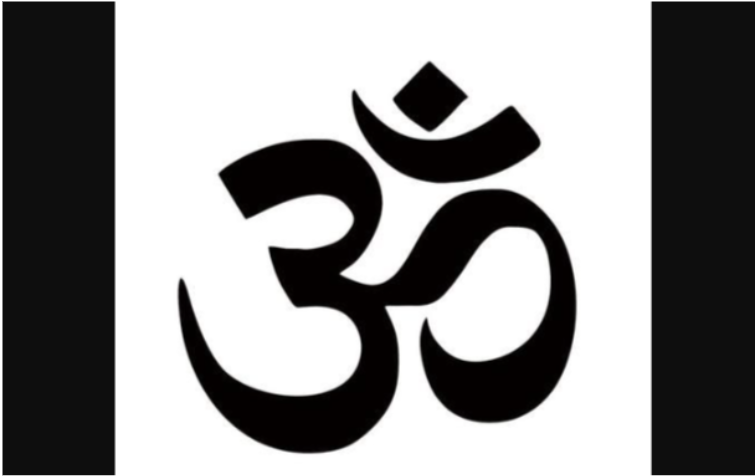
In Buddhism, it’s often used as a meditative focus to achieve inner peace and enlightenment. You might see this symbol adorning prayer beads, meditation cushions, or as decorative art in yoga studios.
*Primordial Sound of Creation: sound is believed to be the first vibration that emerged at the time of creation, symbolizing the cosmic energy that gave rise to the universe.
2. Cross (Christianity) ✝️
The cross, particularly the Latin cross (†), is the central symbol of Christianity. It represents Jesus Christ’s crucifixion and the concept of salvation through his sacrifice.
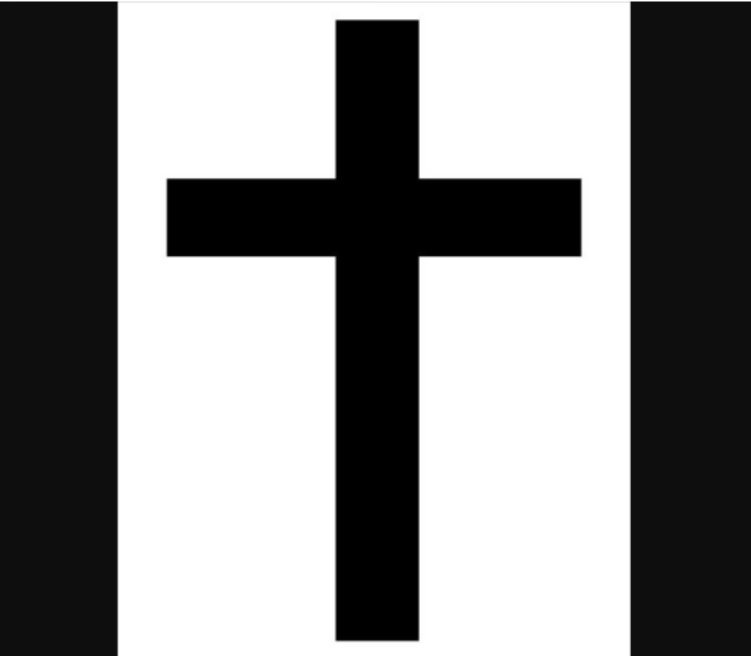
Variations like the Celtic or Orthodox cross carry additional cultural and theological significance. Crosses are commonly worn as jewelry, displayed in churches, and used in religious artwork.
3. Star Of David (Judaism) 🔯
The Star of David, or Magen David, is a six-pointed star formed by two overlapping triangles. It’s the most recognizable symbol of Judaism and Jewish identity.
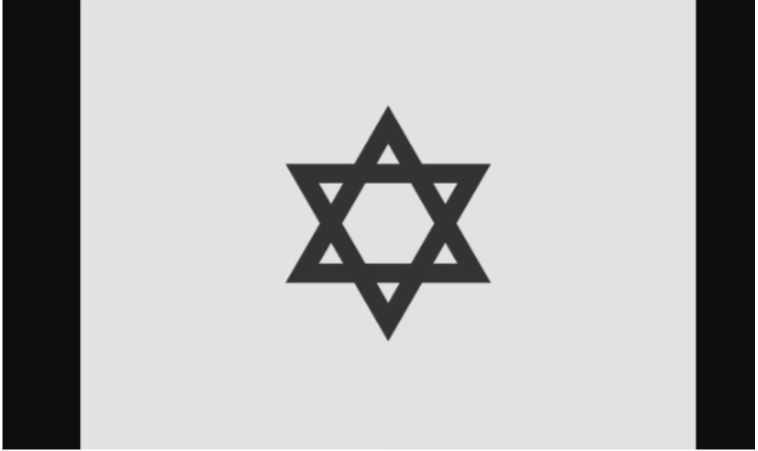
While its origins are complex, it has become a powerful symbol of faith and resilience. You’ll find it on synagogues, the Israeli flag, and Jewish gravestones.
4. Yin And Yang (Taoism) ☯️
The Yin and Yang symbol, a circle divided into black and white swirls, represents the duality and interconnectedness of opposing forces in Taoist philosophy.
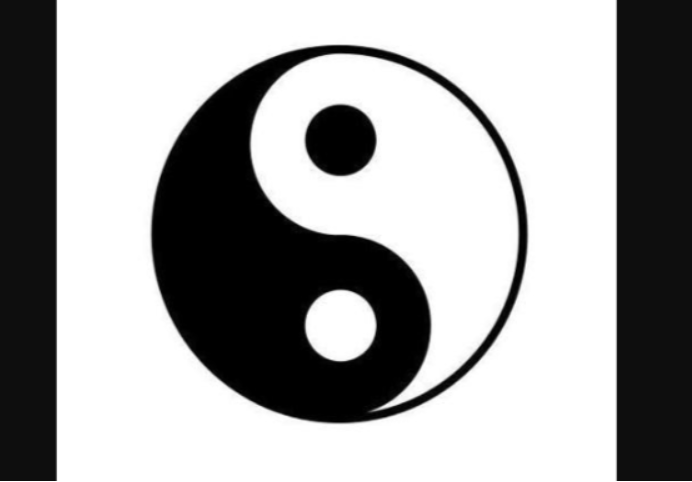
It symbolizes balance, harmony, and the cyclical nature of existence. This symbol is often used in feng shui, martial arts logos, and as a popular tattoo design.
5. Lotus Flower (Buddhism, Hinduism) 🪷
In Buddhism and Hinduism, the lotus flower symbolizes purity, enlightenment, and rebirth. Growing from muddy waters to blooming into a beautiful flower, it represents the journey from ignorance to enlightenment.
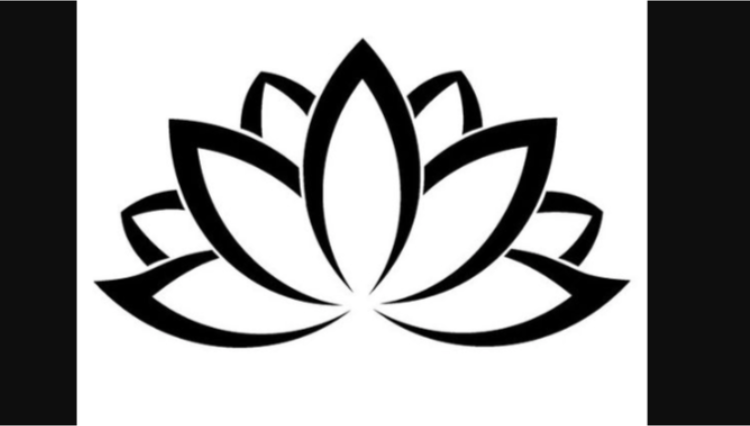
You’ll often see lotus imagery in Buddhist temples, and Hindu art, and as a common motif in meditation and yoga spaces.
The Role Of Symbols In Spirituality
Symbols like the Tree of Life found in many traditions (e.g., Kabbalah, Norse mythology) can encapsulate entire cosmologies and the interconnectedness of all things.
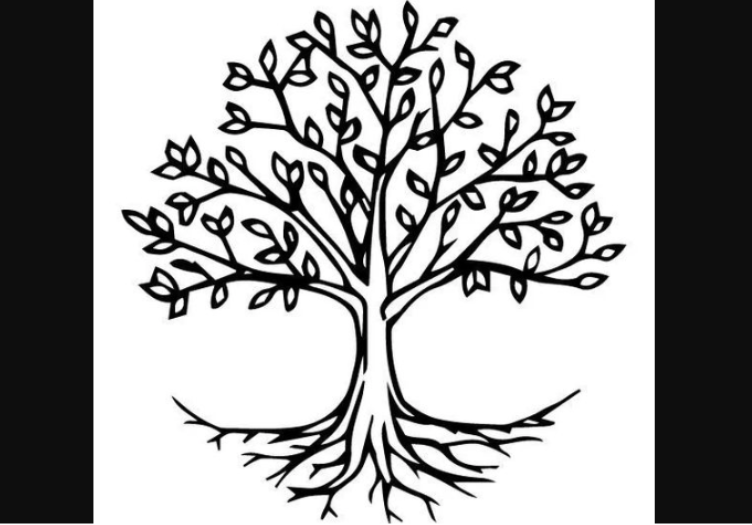
A mandala is a circular geometric design symbolizing the universe, used for meditation, spiritual guidance, and focus in Hinduism and Buddhism, representing an individual’s journey towards enlightenment.
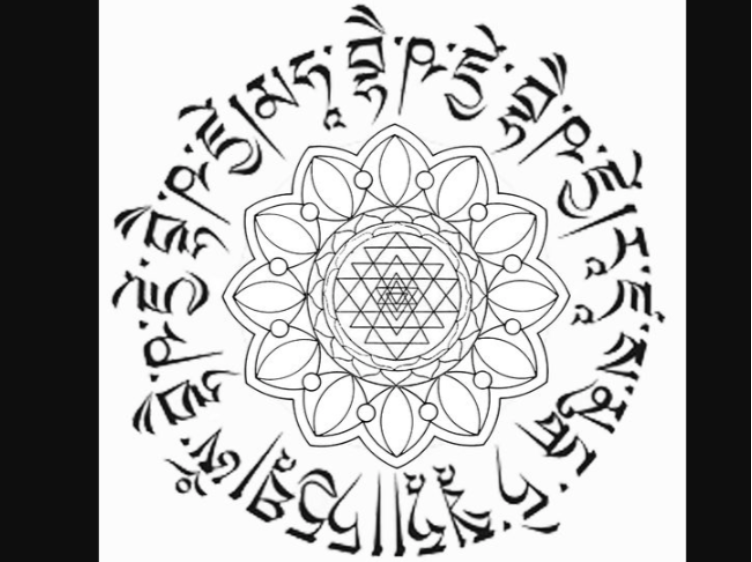
The chakra system in Hinduism consists of seven energy centers along the spine, representing different spiritual, emotional, and physical aspects, promoting balance, self-awareness, and connection to higher consciousness.
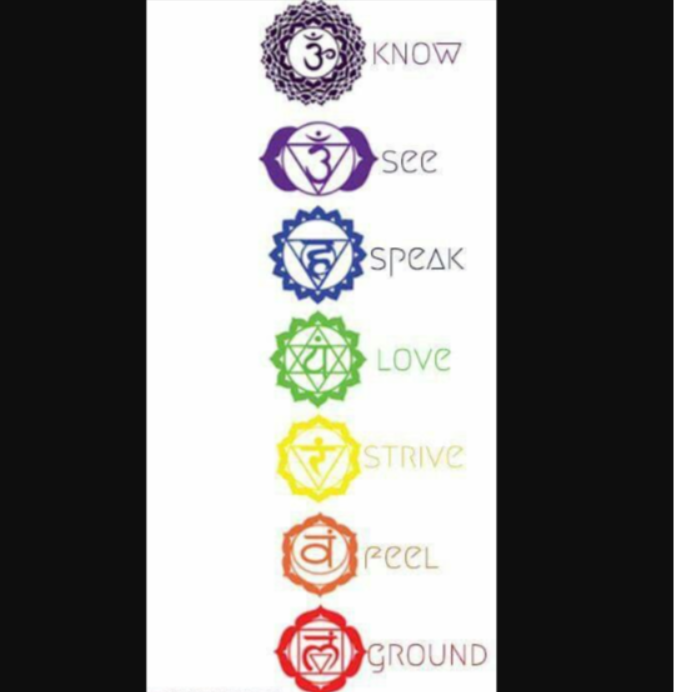
Universal Themes In Spiritual Symbols
Universal spiritual symbols reflect themes of balance, cycles, divine connection, and protection, as seen in the medicine wheel, ouroboros, ankh, and evil eye amulet.
Balance and harmony: The medicine wheel in Native American spirituality represents the balance of physical, mental, emotional, and spiritual aspects of life.
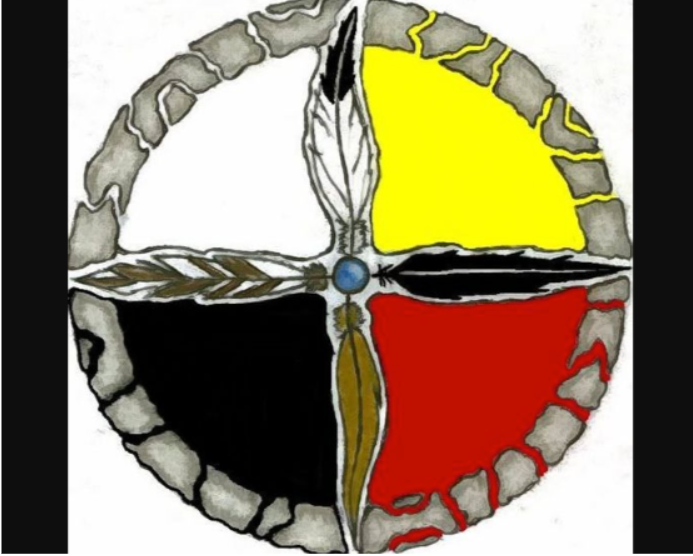
Cycles of life, death, and rebirth: The ouroboros, a serpent eating its own tail, symbolizes eternal cycles and renewal in many ancient cultures.
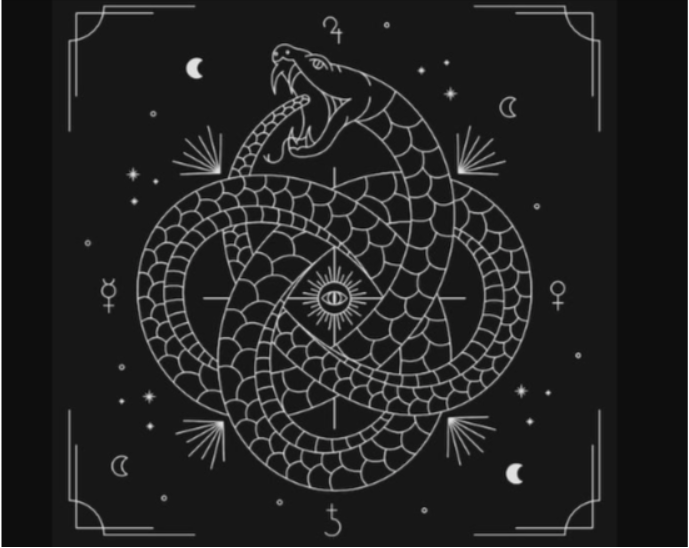
Connection between earthly and divine realms: The ankh in ancient Egyptian mythology represents the key of life and the connection between mortal and divine realms.
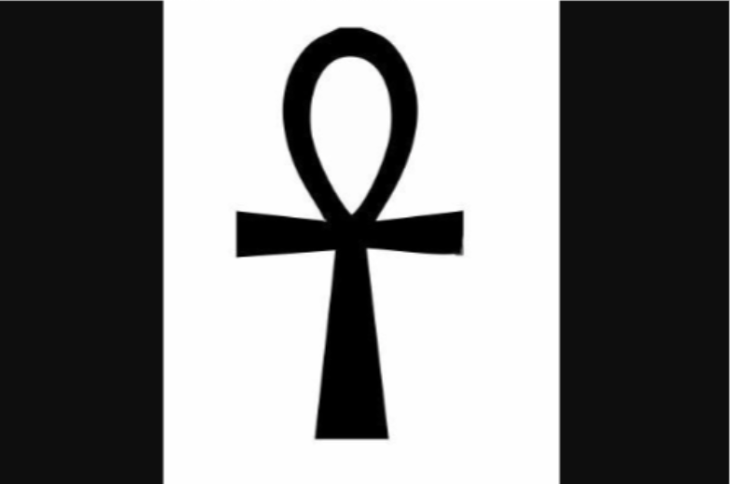
Protection and guidance: The evil eye amulet, found in Mediterranean and Middle Eastern cultures, is believed to ward off malevolent gazes and negative energy.
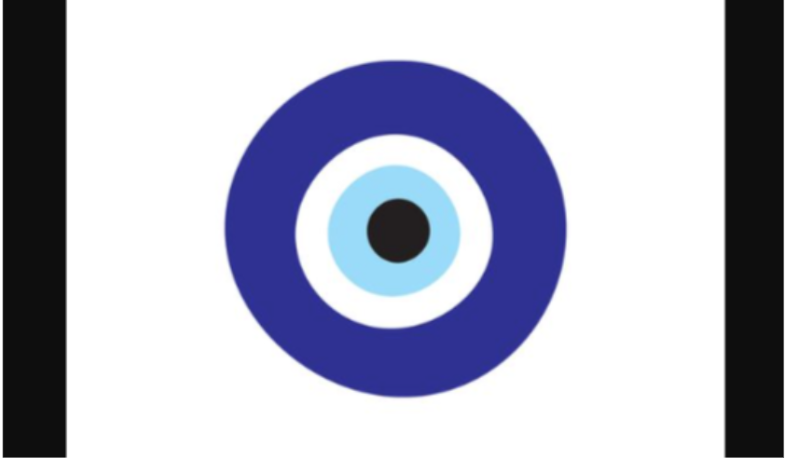
Modern Uses Of Spiritual Symbols
Modern spiritual symbols appear in jewelry, tattoos, meditation tools, home decor, and digital expressions, reflecting protection, enlightenment, and spiritual concepts in everyday life and communication.
Let us understand these pop culture Spiritual symbols and what they signify:
1. Personal jewelry and tattoos: People often wear hamsa hand necklaces for protection or get Buddhist unalome tattoos to represent the path to enlightenment, symbolizing personal spiritual journeys and beliefs.

2. Meditation and yoga practices: Practitioners might use mala beads with various symbolic charms for counting mantras or focus on yantra designs during meditation, helping to deepen concentration and spiritual focus.
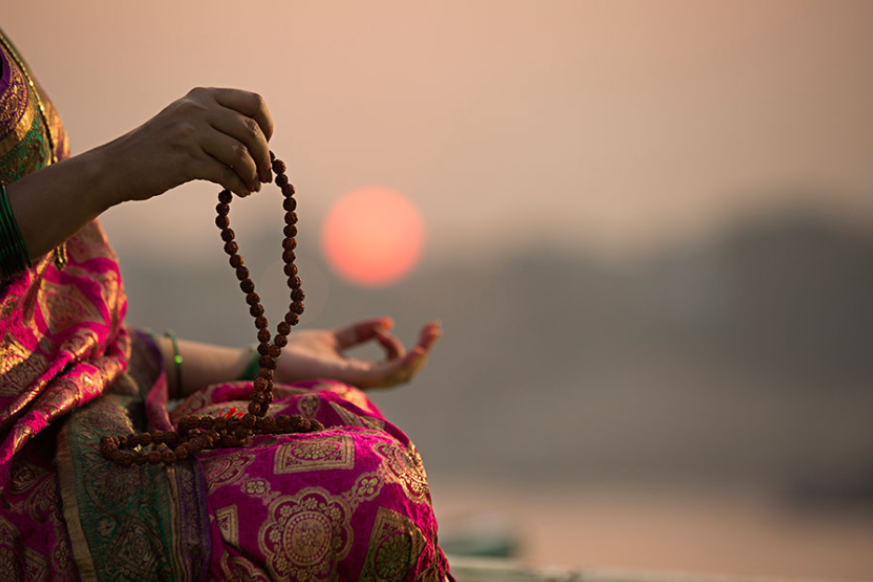
3. Art and home decor: Dreamcatchers from Native American traditions are popular wall hangings, believed to filter out bad dreams, blending spiritual protection with aesthetic appeal.
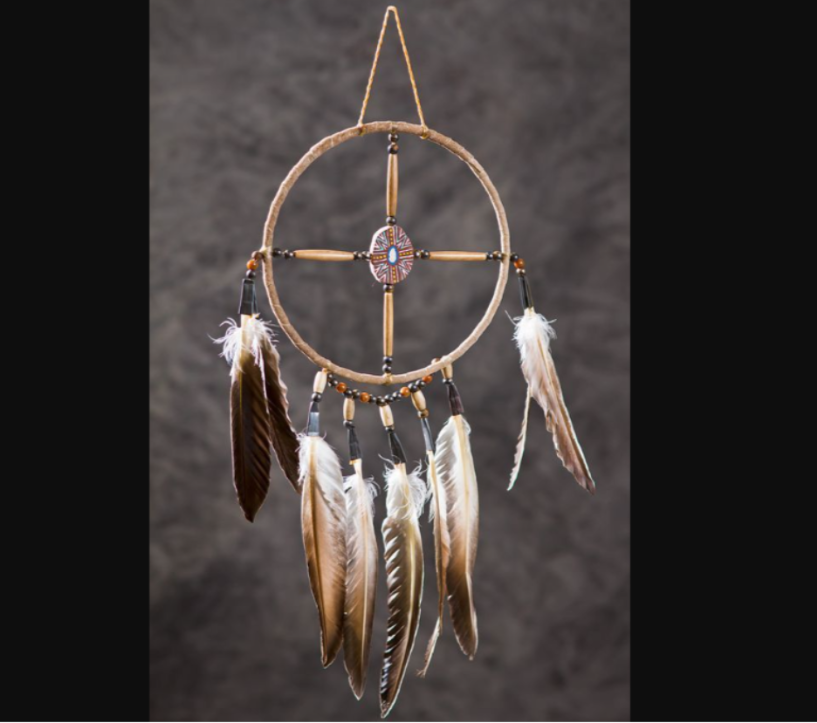
4. Digital and social media expressions: Emoji versions of spiritual symbols like ☯️ (yin-yang) or ☮️ (peace sign) are used in digital communication to convey spiritual concepts or emotions, allowing modern expressions of ancient wisdom.
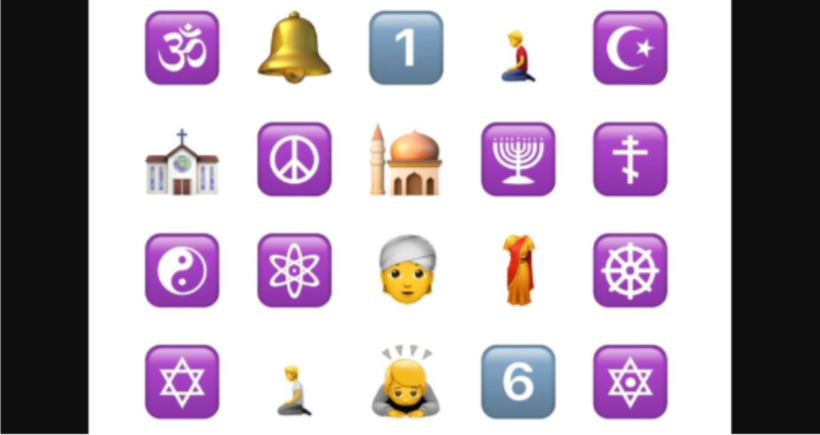
The Power Of Personal Interpretation
Personal interpretation of spiritual symbols allows individuals to find deeper, subjective meaning, blending traditional symbols with personal beliefs and creating unique spiritual representations. Here are a few examples:
1. Subjective meaning and resonance: The triple moon symbol might represent the maiden-mother-crone cycle to one person and the phases of the moon to another.
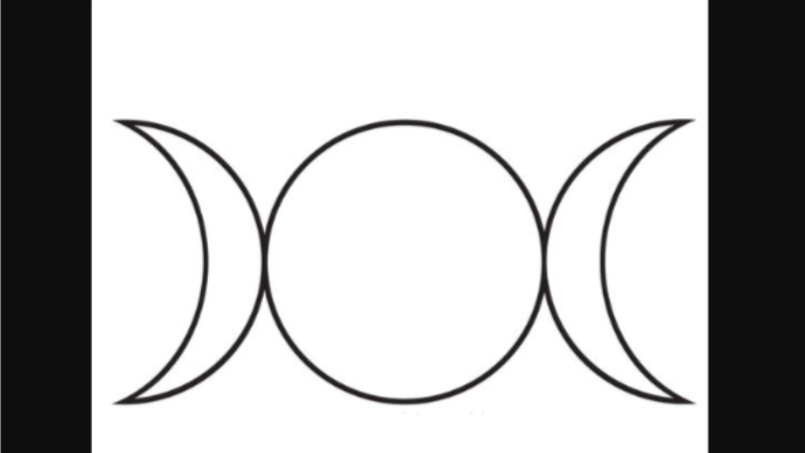
2. Combining symbols for personal significance: Some might combine a cross with a tree of life to represent their blend of Christian and pagan beliefs.
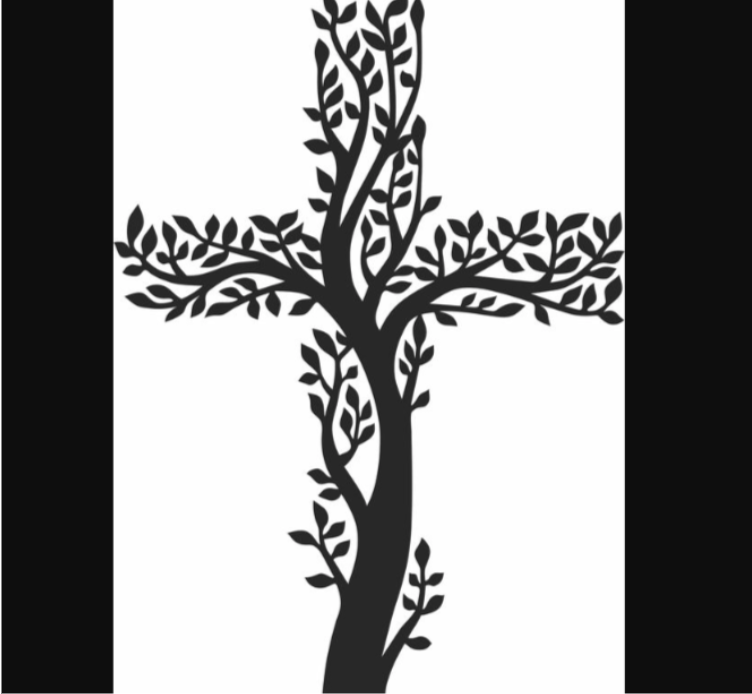
3. Creating personal symbols: Artists and spiritual seekers often create unique symbols that hold personal meaning, like a customized sigil or a family crest with spiritual elements.
Controversies And Considerations
The use of Native American dreamcatchers or Hindu bindis by non-members of these cultures has sparked debates about appropriation.
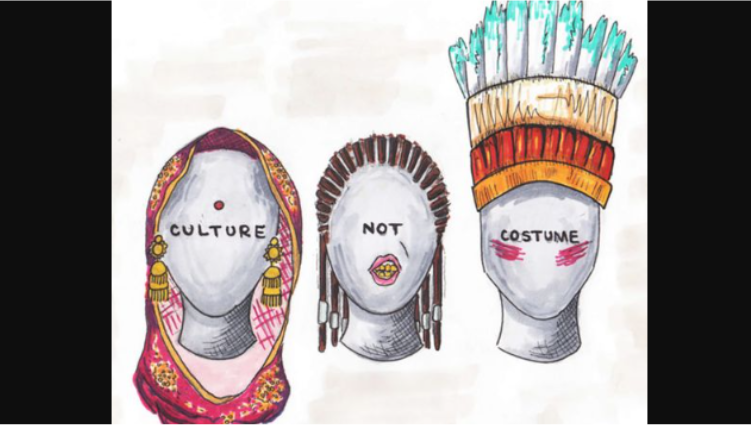
The swastika’s ancient spiritual meanings have been overshadowed by its association with Nazism, demonstrating how symbols can be misused. While personal interpretation is valuable, it’s important to respect the original contexts and meanings of traditional symbols.
What Courses To Learn More About Spiritual Symbols?
To deepen your understanding of spiritual symbols, consider courses in:
- Comparative Religion
- Art History
- Symbology
- Cultural Anthropology
- Meditation and Mindfulness practices
Many universities and online platforms like Mindvalley offer courses on these topics, allowing for a more comprehensive study of spiritual symbols and their cultural contexts.
Conclusion: Each Symbol Carries Significance, Such As Enlightenment, Life, Balance, Faith, And Much More!
Spiritual symbols continue to play a vital role in human spirituality, serving as powerful tools for self-discovery, connection, and expression.
From ancient religious icons to modern interpretations, these symbols bridge the gap between the seen and unseen, offering pathways to deeper understanding and personal growth.
If you too want to navigate your individual spiritual journeys through these symbols, let us approach these symbols with respect, curiosity, and openness, recognizing their power to inspire, unite, and transform.
